

The apocalypse is hardly an uncommon cliché among video games. Numerous titles include a world that has recently suffered some great catastrophe, or a world on the brink of one, because raising the stakes helps the player feel involved.
Merely playing on our emotions doesn’t make a game “post-apocalyptic,” however. To truly fit in this category a game must feature both a ruined world and gameplay that forces players to confront the consequences of it. There are far fewer games that meet this requirement, but a few do stand out.
This unique indie game from one-man studio Blendo Games is the only strategy title to make the list. As such, it’s hardly a graphical tour-de-force, and the simple turn-based gameplay looks a bit shallow at first glance. Playing the game, however, reveals that there are more rules than at first meets the eye, and successfully completing a campaign is no cakewalk.
The goal of the game is to earn more points than the zombies. This is accomplished by holding territories, a task that’s not easy with zombies on the prowl. Matters are made worse by limited resources such as Mercs, your only means of defense. These valuable warriors must be carefully managed to reduce casualties and level up their abilities; failure to preserve them can leave you undermanned at a critical moment.
Though it’s a strategy game, Atom Zombie Smasher is actually the quickest and most casual title here. A campaign can be finished in an hour or so, which means failure isn’t overly frustrating. You can always just start again. The game is $15 and works on Windows, Mac and Linux.
The Fallout games could fill out this list by themselves, so I’m not going to mention them all. Instead I’m going to break them into three categories; the original RPGs, the tactical strategy series, and today’s Bethesda era.
Fallout began with two influential titles, Fallout and Fallout 2, which were among the best RPGs of their era. Both games offered excellent combat and challenged players with an unforgiving world filled with environmental hazards, mutant geckos and warring factions. Both remain enjoyable to this day and are available for $9.99 each on GOG.
After the RPGs a tactical squad-based combat game called Fallout Tactics appeared. This title took the original’s combat system, added some extra features, and then slathered on RPG-lite progression mechanics. The result was enjoyable, but didn’t exactly live up to the engrossing story and world-building of the original RPGs. This game is $9.99 on GOG, as well.
The failure of Fallout Tactics to reach a broad audience killed the franchise until it was bought up by Bethesda, who released Fallout 3, a game that has as much in common with The Elder Scrolls as it does the original series. With that said, the new Fallout releases can be a lot of fun and have some deep survival mechanics. Fallout: New Vegas, a stand-alone expansion developed by Obsidian Entertainment, is notable for its inclusion of a hardcore mode which makes wasteland survival much more difficult. Fallout 3 is $19.99 on Steam, while Fallout: New Vegas is just $9.99. Both are available on Xbox 360 and PlayStation 3, as well.
Released in 2007, S.T.A.L.K.E.R is a game that remains unique because of its unforgiving approach to survival in a post-apocalyptic wasteland. Though marketed as a first-person shooter, the player inevitably finds themselves spending more time hiding or hunting for ammo then actually shooting enemies, leading many to call it a survival horror game rather than an action title.
What makes this game frightening is its open-world environment filled with enemies that range from other desperate humans armed with malfunctioning pistols to horrific mutants that are far faster, stronger and more resilient than the player. Rather trying to scare you with dark corridors, S.T.A.L.K.E.R creates anxiety by never telegraphing when the next threat will appear. You can spend fifteen minutes hunting through an abandoned building without any sign of trouble, only to suddenly be set upon by hostile survivors or a mutant freak that’s in every way more powerful than you.
Steam sells the game, which is playable on PC only, for $19.99. Two sequels, Clear Sky and Call of Pripyat, were released and sell for $9.99 and $19.99 respectively. Let me warn you, however, that this can be a seriously difficult experience.
This Xbox exclusive franchise quickly became a cult hit when it was released in 2006. This was largely because, unlike so many other games released around that time, Dead Rising was not willing to lead the player in the right direction and extremely willing to punish the player for mistakes.
At first glance the campy plot, which focuses on the exploits of journalistic/action hero Frank West, seems silly, almost childish. But like many budget horror films, the game’s cartoonish appearance hides an underlying brutality. This is a game that lets you cut down zombies with a lawn mower, but it’s also one you can lose simply by mismanaging your time and resources. The boss fights are no joke, too.
Dead Rising has two sequels, predictably named Dead Rising 2 and Dead Rising 3. The latter games are more forgiving and, as a result, focus less on survival as a factor in gameplay. They can still be difficult, however, and include a weapons creation system that encourages players to explore and conserve items so they can be turned into ridiculous weapons of massive zombie destruction.
While both zombie and post-apocalyptic games have existed for some time, few have tried to create a persist ant survival experience in an open world, which makes it strange that State Of Decay, a game released first through Xbox Live Arcade, is the first to really nail the experience.
It focuses on Marcus Campbell, a store clerk who returns from a fishing trip to find the zombie apocalypse as begun. Gameplay consists first of establishing a base for survival, recruiting NPCs who can help maintain the base, and fighting off zombie while searching for supplies. This is interwoven with a storyline that, in the base experience, cannot be skipped, but the recently released Breakdown expansion includes a sandbox gameplay mode.
State of Decay is at times stingy with resources, which can be frustrating because they take so long to re-spawn, but that’s also part of the charm. This is a pure survival game, and it can become difficult, but unlike many other titles in the genre (Dwarf Fortress, I’m looking at you), State of Decay isn’t hopelessly obtuse. Instead it’s instantly familiar to anyone who has played a console game in the last five years and the combat, though clunky, is easy to understand.
State Of Decay is $19.99 on Xbox Live for the Xbox 360. A port was recently released for PC at the same price. The Breakdown expansion, which was just released, is $6.99.
These five games are all perfect examples of the post-apocalyptic game not just as a setting, but as a genre. Yes, unfortunately, three of the five are zombie games, which may disappoint some fans of old-school nuclear apocalypse rather than the zombie outbreak cliché that’s now far more popular, but these details aren’t exactly the point. The point is that a post-apocalyptic reelase should be about struggling to survive in a hostile world, and all five of these ace that.


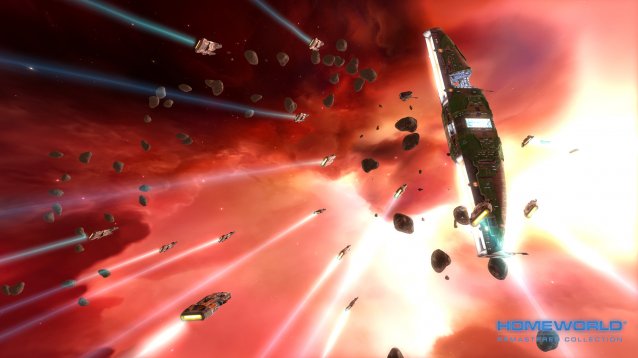

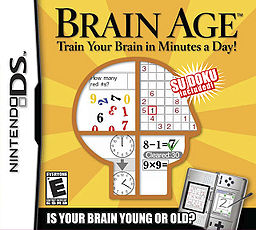 Brain Age speedrun is absolutely spot on
Brain Age speedrun is absolutely spot on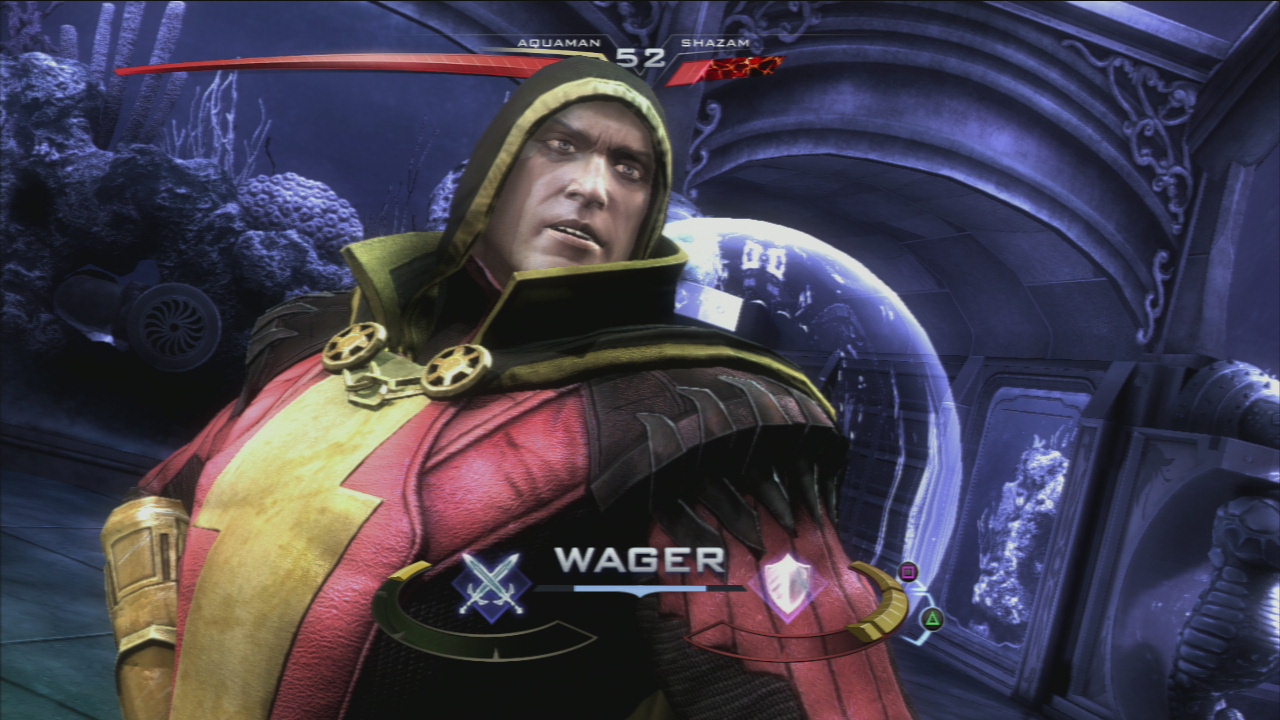 Injustice: Gods Among Us – How To Unlock Costumes
Injustice: Gods Among Us – How To Unlock Costumes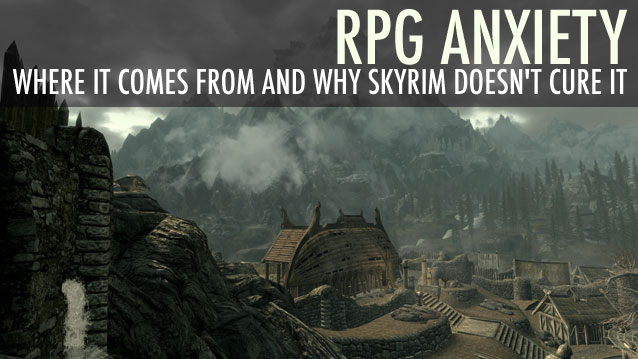 RPG Anxiety - Where It Comes From and Why Skyrim Doesnt Cure It
RPG Anxiety - Where It Comes From and Why Skyrim Doesnt Cure It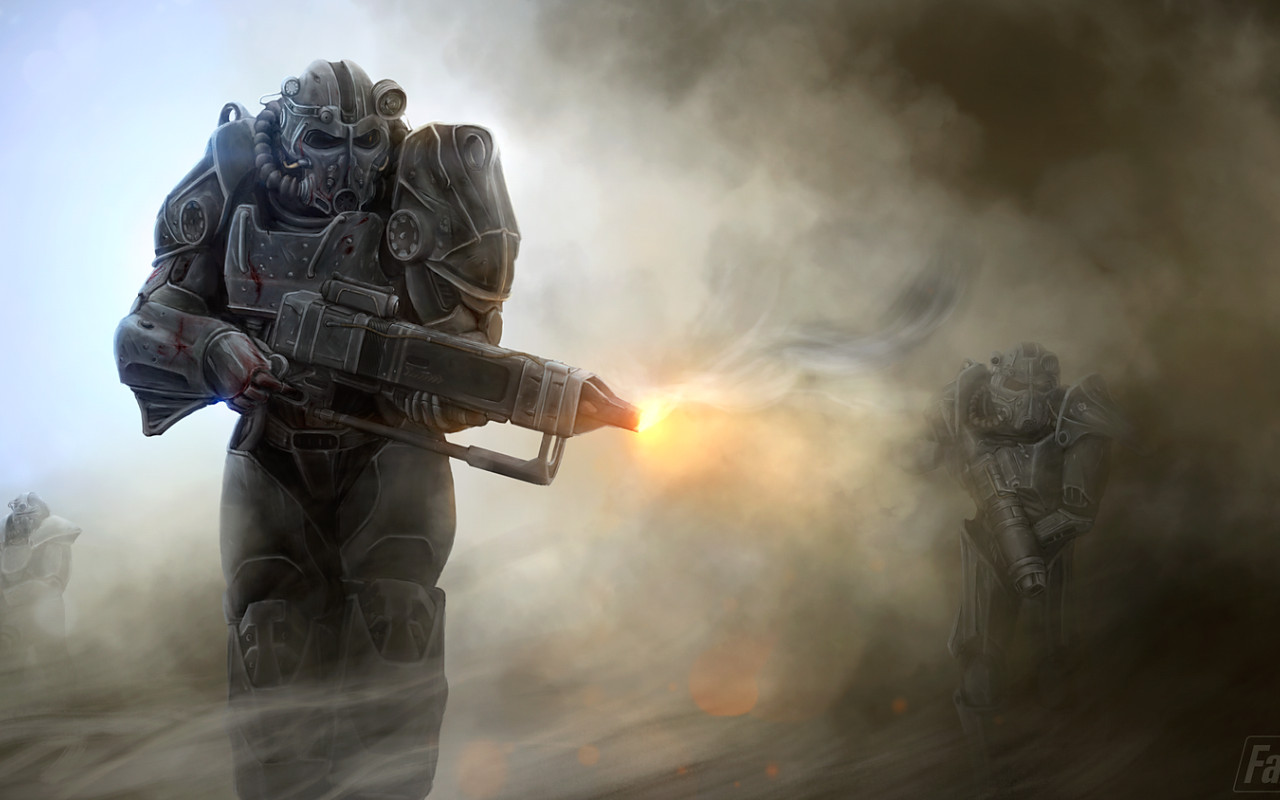 Fallout 4 Mission Guide: Taking Point: Sunshine...
Fallout 4 Mission Guide: Taking Point: Sunshine... Kerbal Space Program Interview: Behind the Space Agency Sim
Kerbal Space Program Interview: Behind the Space Agency Sim